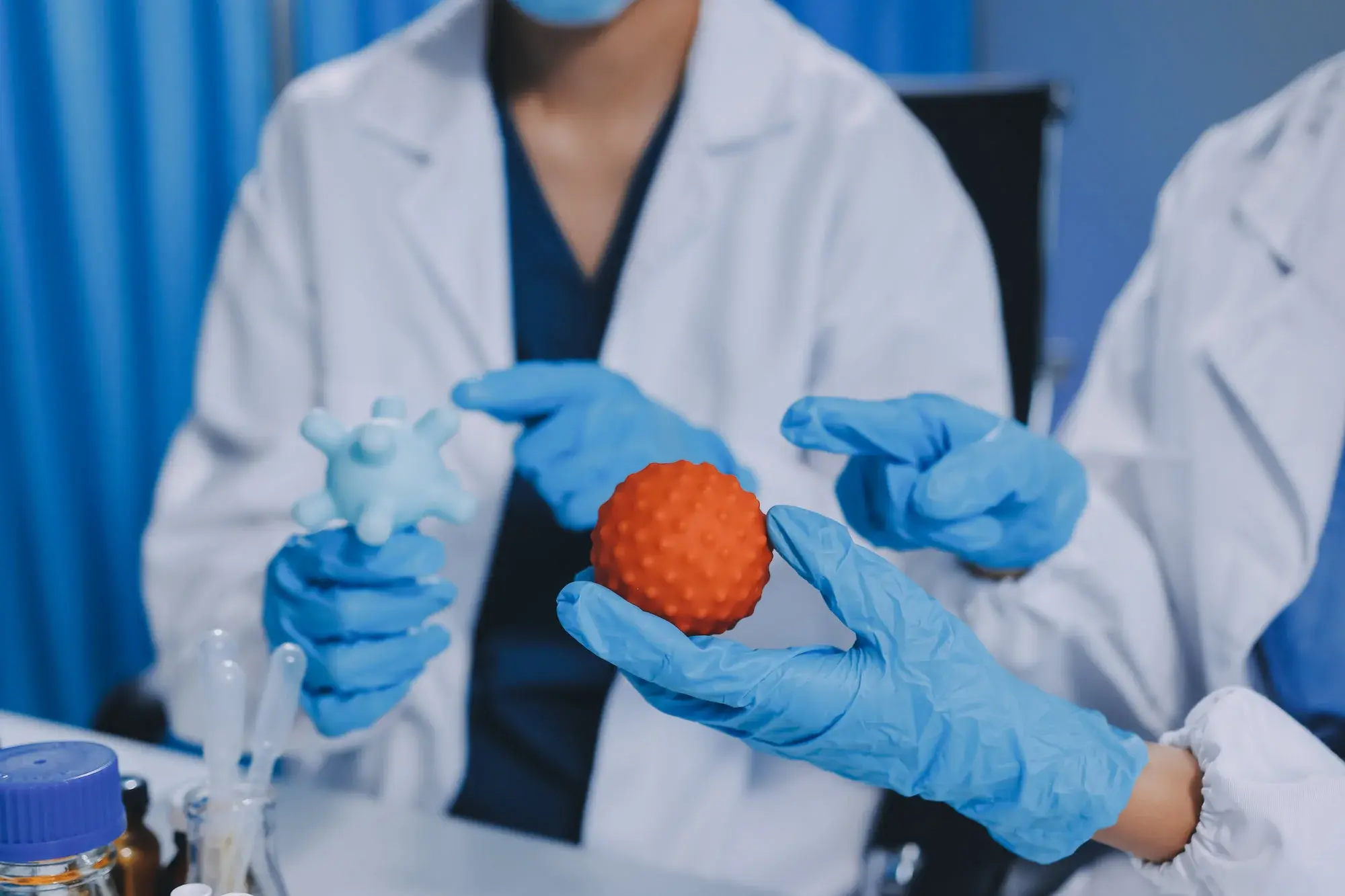Medical device testing is a critical phase in the development and commercialization of any healthcare technology. It ensures that every piece of medical equipment, from simple bandages to complex diagnostic machines, is safe, effective, and reliable for clinical use.
This article delves into the various types of medical device testing, explores illustrative case studies, and outlines best practices for the industry.
Key Takeaways
- Medical device testing adheres to rigorous protocols and best practices that help to mitigate risks and enhance the reliability of medical technologies.
- Biocompatibility, software validation and verification, mechanical and performance are common tests conducted for numerous devices today.
- Establishing clear regulatory pathways, utilizing standardized testing protocols, and post-market surveillance are some of the best practices that ensure continued device efficacy and success.
Table of Contents
Types of Medical Device Testing
1. Biocompatibility Testing
This type of testing assesses how materials in a device interact with human tissue. The goal is to ensure that a device does not elicit any adverse reactions when in contact with the body, such as inflammation or allergic responses.
2. Software Validation and Verification
For medical devices that incorporate software, rigorous testing is necessary to validate and verify that the software performs as intended. The process includes testing for functionality, reliability, and usability under various conditions.
3. Electrical Safety Testing
Testing ensures that medical devices that use electricity comply with international safety standards. Tests might include checking for electrical hazards, electromagnetic compatibility (EMC), and overall electrical functionality.
4. Mechanical Testing
Mechanical testing includes assessing the durability, wear resistance, and structural integrity of a device. It ensures that it can withstand physical stresses and strains it will encounter during its expected life span.
5. Performance Testing
Performance testing evaluates whether a device meets the intended technical and functional specifications. This can include clinical trials to see how well a device works in a real-world medical setting.
Top Medical Device Case Study Examples
Case Study 1: Heart Valve Replacement
A notable case of medical device testing involved a new heart valve designed to reduce the need for open-heart surgery. The device underwent extensive biocompatibility and mechanical testing to ensure it could endure the biomechanical forces of the cardiovascular system. Clinical trials demonstrated a significant reduction in patient recovery time and complications, leading to FDA approval.
Case Study 2: Wearable Blood Glucose Monitor
A wearable blood glucose monitor was developed to provide continuous, non-invasive blood sugar readings. The device faced rigorous performance and software testing to ensure accurate readings under various conditions, such as during physical activity or eating. Post-market surveillance was also initiated to monitor long-term reliability and user interface acceptance.
Best Practices in Medical Device Testing
Establish Clear Regulatory Pathways
Understanding and complying with relevant regulations is crucial. Manufacturers should engage with the FDA early in the development process to ensure they meet all the requirements.
Implement Robust Quality Management Systems
A quality management system (QMS) is essential to systematically manage all aspects of medical device testing. This includes documentation control, audit readiness, and corrective and preventive actions (CAPA).
Use Standardized Testing Protocols
Adopting standardized testing methods can help ensure consistency and reliability in test results. This is particularly important for comparative studies and regulatory submissions.
Focus on User-Centered Design
Incorporating feedback from end-users early and throughout the device development process can improve the usability and acceptance of the device in clinical environments.
Continuous Monitoring and Post-Market Surveillance
After a medical device enters the market, continuous monitoring is necessary to track its performance and safety. This can lead to improvements in future designs and prevent potential adverse events.
Discover the Difference with IBEX Preclinical Research: Your Partner in Medical Device Testing
Ensure your devices meet the highest standards of safety and efficacy with IBEX Preclinical Research. Our comprehensive medical device testing services are designed to guide your products through every stage of the development process, from initial concept to market release.
Trust our expertise to help you navigate complex regulatory processes and achieve successful outcomes. Contact us today to learn how we can accelerate your device’s journey to market with precision and confidence.






